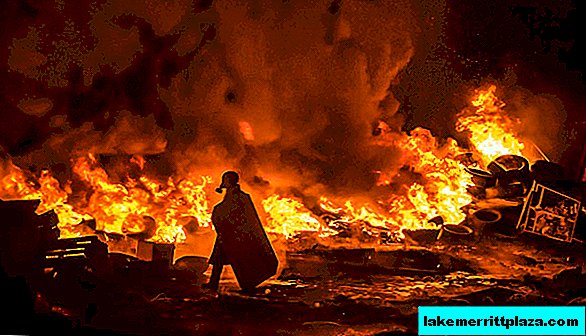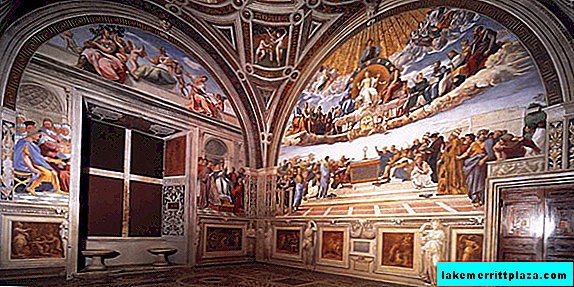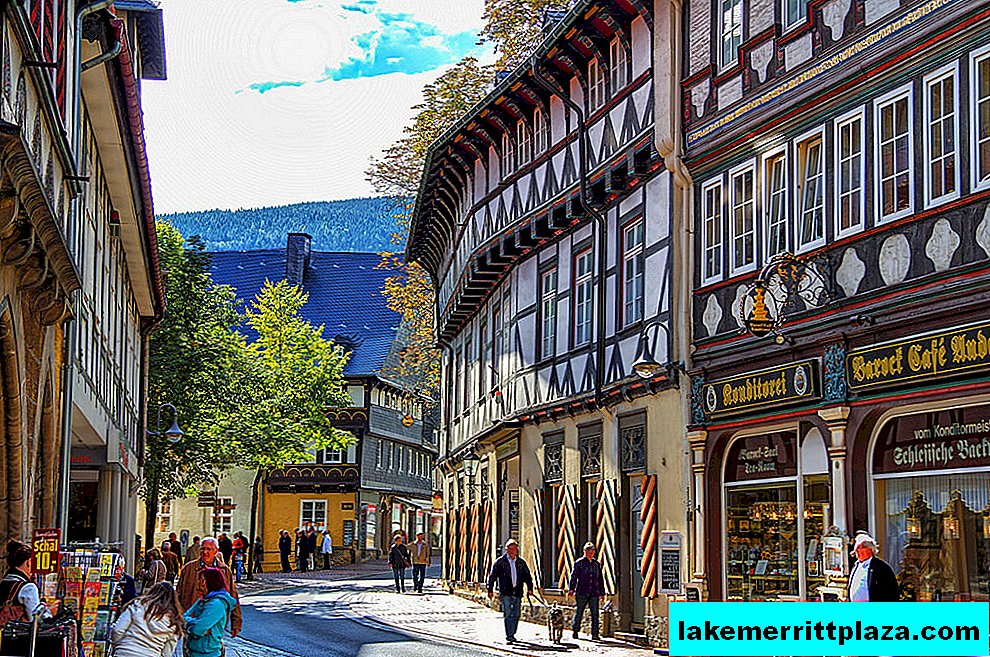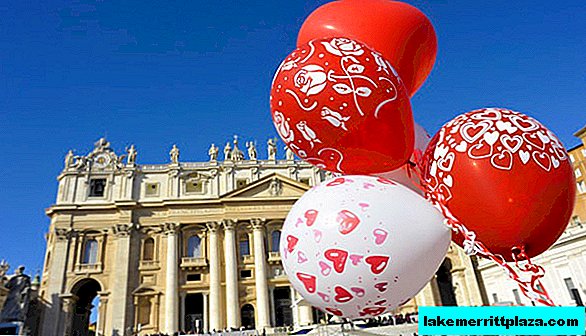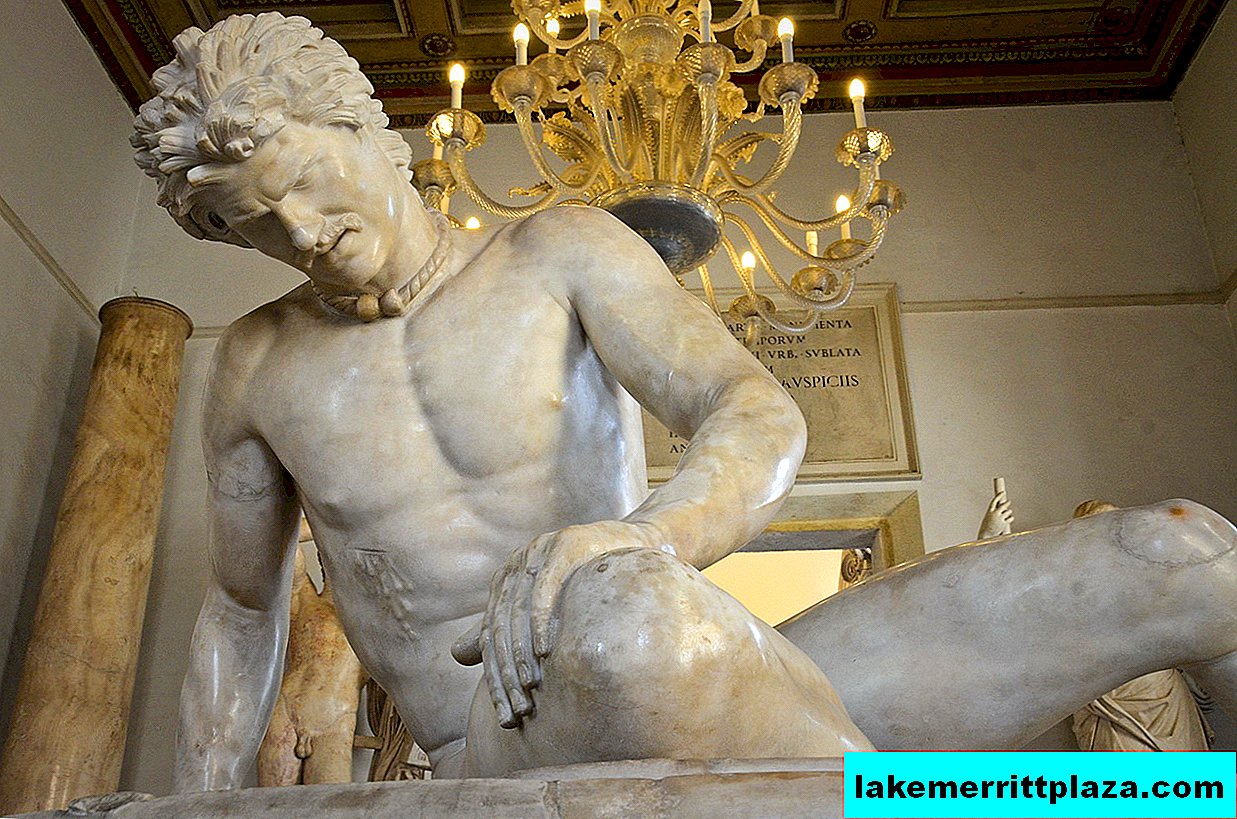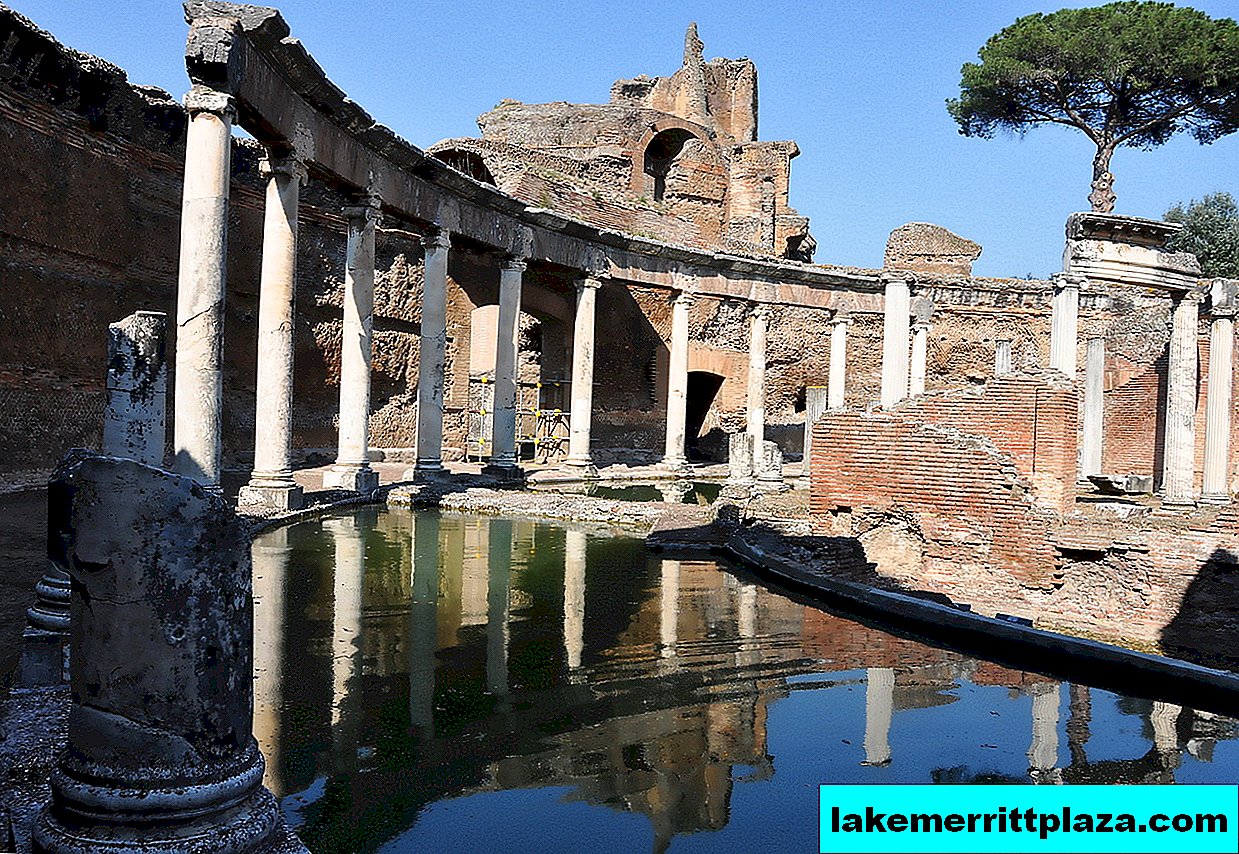The Palatine Chapel (Capella Palatina) is one of the oldest chapels of Palermo, a landmark monument of the Arab-Norman style in architecture. It was built as the house church of the Norman Palace (Palazzo dei Normanni) in Palermo and served as a place of prayer for the Sicilian kings, and later the vice-kings. Its three walls are covered with palace buildings, only the southern facade, which looks like a loggia of the 16th century, faces the courtyard. with arches on Corinthian columns.
History of creation

The Palatine Chapel was founded in 1130 by decree of the first Sicilian king Roger II and was built under his personal leadership for the next ten years. The masters invited to Palermo worked on the construction - Arabs and Byzantines. A successful mix of styles reflected the character and habits of the first Sicilian king. From childhood, surrounded by Arabs and Greeks, Roger, and in adulthood, was a rare example of religious tolerance and excellent education. Qualities that other European monarchs of that time could not boast of.

The full understanding of the customer and the craftsmen resulted in the perfect architecture of the building and the unsurpassed sophistication of the interior decoration. Under Roger II, a carved ceiling of Arabian work was made rare for Europe, but familiar to Egypt and the Maghreb countries. Also, the Byzantine masters completed the mosaic of the dome, transept and the main arch.

Subsequently, the heirs of Roger II - his son Wilhelm I and grandson Wilhelm II - were engaged in the decoration of the chapel. Most researchers are of the opinion that this was a long break in the work on the chapel until the 15th century, when the Aragonese dynasty came to power. Others suggest that in the XIII century. kings from the German dynasty of Hohenstaufen updated the interior of the chapel. The inscription on the wall indicates the completion of work under Juan II of Aragon in 1460. The Palatine Chapel was reconstructed in the 17th century for the last time. under Philip V of Bourbon.
Interior

The Palatine Chapel is designed architecturally as a basilica of three naves connected by three apses, has a length of 33 m and a width of 13 m. Each of the side naves is separated from the main one by five Corinthian columns of marble and granite. The inlaid stone floor is made using the Cosmatesco technique (Roman prefabricated mosaic) with Arabic motifs.

The ceiling is decorated with figures of people and rare animals forbidden by the Sharia, as well as Arabic script, uncharacteristic of the Christian temple. The ceiling structure is formed by cells of two types: mukarns - caissons with images of feasting people, rare plants, birds and animals, and lacunars - recesses in the form of octagonal stars, decorated with geometric patterns and arabesques.

A pulpit with two multi-colored parapets and an intricate Easter candlestick (a composition of figures of lions, men and flowers), donated by the Archbishop of Palermo Hugo on the occasion of the coronation of William I, are considered pearls of medieval art.
Mosaics

The oldest of them date back to 1143 and adorn the dome of the chapel, as well as the main arch and transept. In the center of the dome is the image of Christ Almighty with the closed Gospel in his left hand, the right blesses the worshipers. Angels and archangels in ceremonial robes are depicted in the upper part of the dome, and the prophets who announced the appearance of the Messiah are in the lower part of the dome. The golden background of the mosaic, the light pouring from the windows punched at the feet of the angels, are designed to inspire parishioners to think about the beauty and glory of the Kingdom of Heaven.
Mosaics of the transept depict scenes of the Nativity of Christ, the Transfiguration, Baptism, and the resurrection of Lazarus. In the lower register is the Entrance of the Savior to Jerusalem, the faces of the Church Fathers and the Holy Great Martyrs.

The second time Christ's face is found in the conch of the main apse. Here he is surrounded by the Virgin Mary, the apostles and Mary Magdalene. The image of Christ retained its original appearance, the remaining elements of the mosaic were exposed in the XVIII century. unsuccessful restoration, violating the unity of the Byzantine style.
From 1154 to 1166, local masters performed in the main nave a cycle of mosaics on the themes of the Old Testament (from the creation of the world to the ladder of Jacob). In 1166-1189 the side naves were decorated with mosaics depicting scenes from the lives of Saints Peter (the northern nave) and Paul (the southern nave).

The third image of Christ is above the throne place. The mosaic was completed in the 15th century, but the Byzantine idea of the unity and balance of royal and divine power, so close to King Roger, was still alive in Sicily. The throne itself is decorated in cosmatic style and decorated with mosaics with the combined arms of Sicily and Aragon.
Interesting Facts

Guy de Maupassant, in his novel "Wandering Life," called the Palatine Chapel "the most beautiful religious pearl that the human mind could ever dream of."
The Russian architect A.N. Pomerantsev was awarded in 1887 the title of academician of architecture for a complete study of the chapel. His merits are accurate drawings, 172 illustrations of the mosaics of the chapel and an album containing 181 images of the famous ceiling.
The Palatine Chapel is the current church of Palermo; a mass is held here daily.
Location and opening hours

- The Palatine Chapel is located inside the Norman Palace of Palermo (second floor), the entrance for visitors is from Piazza Independenza.
- From Monday to Saturday, it is open for visits from 8.30 to 17.00 (break - from 12.00 to 14.00), on Sunday - from 8.30 to 12.30.
- The ticket price from Friday to Monday and on holidays is 8.5 euros, for citizens of the European Union from 18 to 25 years old - 6.5 euros. From Tuesday to Thursday - 7 and 5 euros, respectively. The difference is due to the fact that the Parliament of Sicily sits in the halls of the Norman Palace these days, so they are closed to guests. For persons over 65, a ticket costs 5 euros on any day.

